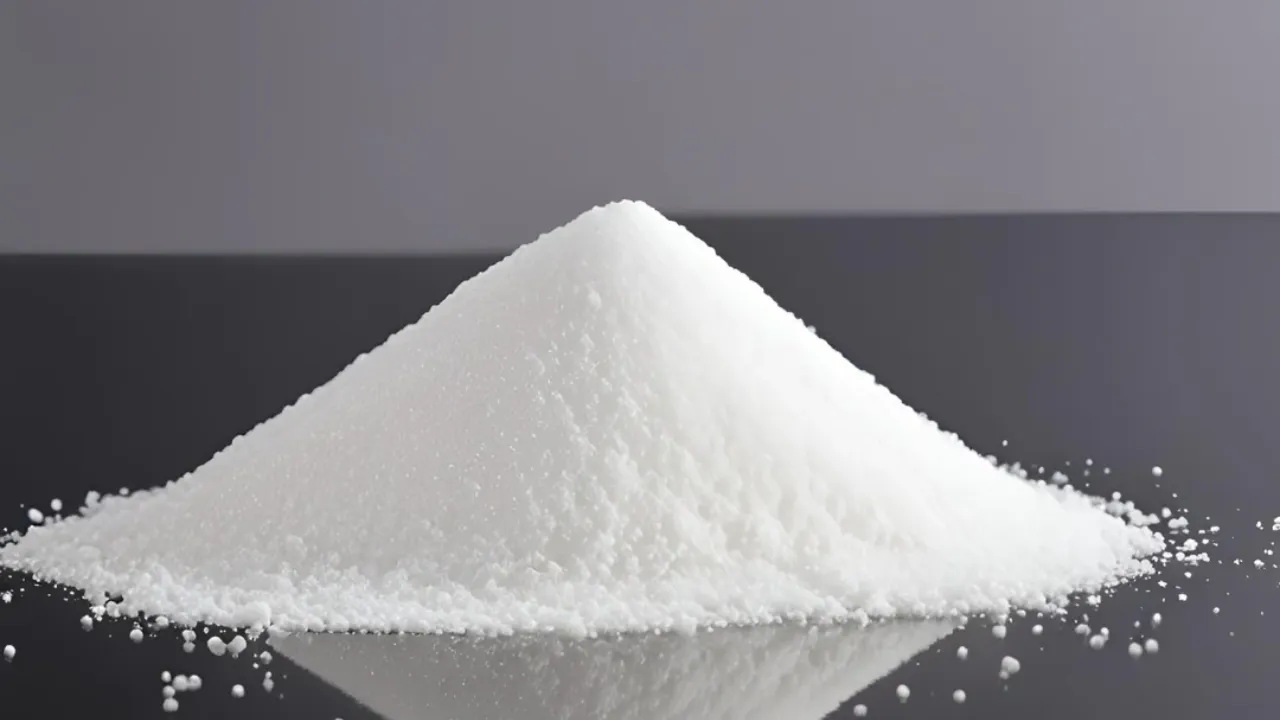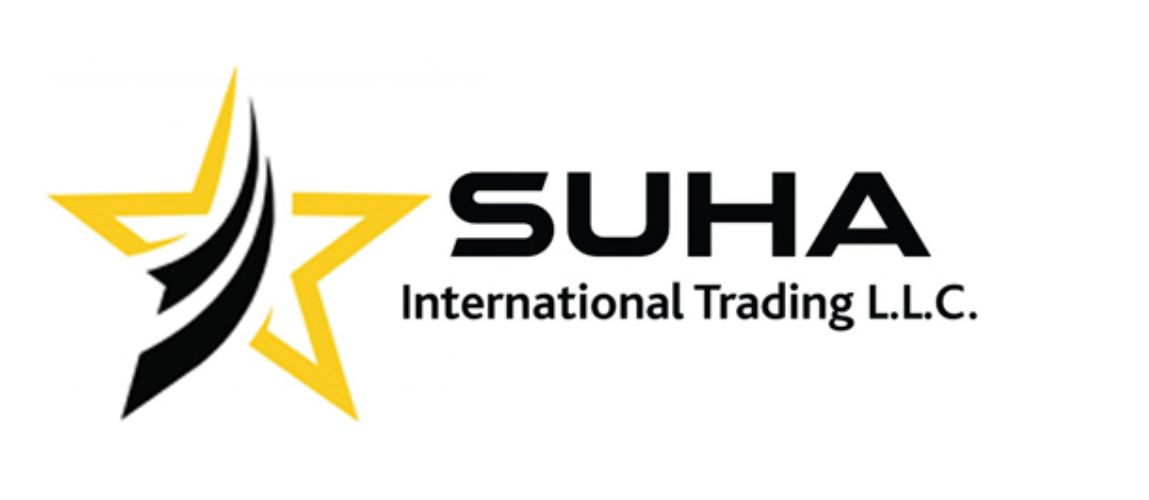Supplier of Sodium Lauryl Sulfate (SLS) from Turkey and Dubai

Description of Sodium Lauryl Sulfate (SLS)
Sodium Lauryl Sulfate (SLS) is a versatile anionic surfactant (C12H25SO4Na) widely used in personal care, household cleaning, and industrial products. Derived from fatty alcohols, commonly sourced from coconut or palm kernel oils, SLS reduces the surface tension of water, enhancing cleaning efficiency and producing stable foam. Its excellent solubility, foaming ability, and detergent power make it an essential ingredient across diverse formulations, ensuring superior performance in shampoos, soaps, detergents, and industrial applications.
Key Properties of Sodium Lauryl Sulfate
-
Foaming Ability: Produces rich and stable foam for effective cleaning.
-
Surfactant Action: Emulsifies oils and dirt efficiently.
-
High Solubility: Forms clear solutions in water.
-
Detergent Power: Breaks down grease and residues effectively.
-
pH Range: Neutral to slightly alkaline (pH 7–9), compatible with most formulations.
-
Biodegradability: Environmentally friendly when sourced and handled responsibly.
Types and Grades of Sodium Lauryl Sulfate (SLS)
SLS is available in multiple forms and grades to meet diverse industrial requirements:
Types of SLS
-
Powder Form: Fine, white powder ideal for dry formulations such as bath salts and laundry detergents. Highly soluble for water-based solutions.
-
Needle Form: Long, needle-like crystals for controlled dissolution in industrial cleaners and high-foam products.
-
Liquid Form: Concentrated aqueous solution (typically 28–30% active matter) for liquid formulations like shampoos, body washes, and dishwashing liquids.
Grades of SLS
-
Cosmetic Grade: High-purity SLS suitable for shampoos, facial cleansers, and toothpastes. Meets strict safety standards for skin and oral care.
-
Industrial Grade: Designed for heavy-duty cleaning, including degreasers and surface cleaners.
-
Pharmaceutical Grade: Ultra-pure SLS for medicinal and dental formulations, compliant with USP/BP standards.
SLS can also be formulated with SLES to improve mildness and foaming performance in consumer products, particularly in shampoos and liquid soaps.
Applications and Uses of Sodium Lauryl Sulfate
Personal Care Products
-
Shampoos: Produce lather for thorough hair cleansing.
-
Body Washes and Soaps: Remove dirt and oils for refreshed skin.
-
Toothpaste: Aids in plaque and food particle removal through foaming.
-
Facial Cleansers: Deeply cleans pores by emulsifying excess oils.
Household Cleaning Products
-
Dishwashing Liquids: Break down grease and suspend dirt for easy rinsing.
-
Laundry Detergents: Lifts stains from fabrics for cleaner clothes.
-
Surface Cleaners: Remove tough stains on tiles, sinks, and countertops.
Industrial Applications
-
Paints and Coatings: Emulsifies oils and water-based components for smooth application.
-
Adhesives: Enhance spreading and bonding properties.
-
Textile Industry: Improves dye penetration and printing efficiency on fabrics.
Packaging of Sodium Lauryl Sulfate
SLS is supplied in packaging designed for safe storage and transportation:
-
Industrial Packaging: Drums, large bags, or totes for large-volume orders.
-
Consumer Integration: Incorporated into finished products like shampoos and cleaners.
Container Loading
SLS is typically shipped in standard containers, with 20-foot containers accommodating multiple drums or bulk bags, depending on volume. Proper packaging ensures product stability during transit.
Safety and Environmental Considerations
-
Skin Sensitivity: May cause dryness or irritation; use with caution on sensitive skin.
-
Eye Contact: Avoid; rinse thoroughly if exposure occurs.
-
Allergic Reactions: Rare, but discontinue use if hives or swelling appear.
-
Environmental Impact: Biodegradable when sourced responsibly; minimal ecological footprint.
Specifications of Sodium Lauryl Sulfate (SLS)
| Parameter | Powder / Flake Grade | Liquid Grade (28–30% Active Matter) | Method / Standard |
|---|---|---|---|
| Active Matter (%) | ≥95 | 28–30 | Titration |
| Moisture Content (%) | ≤5 | ≤3 | Gravimetric |
| pH (1% Solution, 25°C) | 6–8 | 6–8 | pH Meter |
| Chloride Content (%) | ≤0.2 | ≤0.1 | Titration |
| Ash Content (%) | ≤0.5 | ≤0.2 | Gravimetric |
| Appearance | White powder/flakes | Clear pale yellow solution | Visual |
| Solubility | Soluble in water | Completely soluble | Visual |
| Density (g/cm³, 25°C) | N/A | 1.03–1.05 | Hydrometer / Pycnometer |
| Biodegradability | Yes | Yes | OECD 301 |

